Milan: Fashion city with green lifestyle
Milan is a name that evokes catwalks and high-end tailored suits. It is considered the world’s largest “public catwalk” where everyone walking on the street has a fashion sense and a personal statement through the clothes they wear.
Not only that, Milan is also redefining itself as a sustainable city. One of the most obvious symbols of green Milan is Bosco Verticale (also known as “Vertical Forest”) – two skyscrapers covered in greenery from base to top designed by Boeri Studio (including architects Stefano Boeri, Gianandrea Barreca and Giovanni La Varra). This is not only a visually impressive architectural work, but also contributes to filtering fine dust and reducing the surrounding air temperature by 2-3 degrees in the summer. This complex has become a favorite destination for tourists who want to learn about sustainable architecture.
A corner of the Bosco Verticale green-covered skyscraper. Credit: Stefano Boeri Architetti
Transportation in Milan is also changing dramatically. The city has invested in the BikeMi public bicycle system, allowing visitors to rent a bike for just a few euros to travel around central areas such as Brera, Navigli or Porta Venezia. Many routes are planned specifically for bicycles and electric buses. It is not difficult to see Milanese people wearing suits, cycling and wearing headphones very stylishly to work every morning. It is an image that reflects the spirit of green living combined with a very Italian style.
A must-see in Milan is Parco Sempione, a large park next to the Sforza Castle. Amidst the rustling leaves and the guitars of art students, summer visitors can read, picnic or simply take a deep breath in the heart of a city once known for its industrial pace.
Tuscany: Wine Paradise & Endless Hills
From Milan, it takes less than two hours by train to reach Florence – the capital of Tuscany, Central Italy and considered the “cradle” of European art. And from Florence, visitors can easily explore the Tuscany summer with its wild, poetic and quiet scenery. This land is like a vivid picture with gentle hills, ancient cypress forests, long vineyards and stone houses covered with wildflowers.
A cycling route in Tuscany
Green tourism in Tuscany can start with cycling through the ancient villages. The cobblestone roads pass through villages such as San Gimignano – once known as the “Manhattan of the Middle Ages” because of its ancient stone towers and fairgrounds, or Pienza – a UNESCO heritage site with perfect Renaissance architecture and wide views, the horizon or the brilliant starry sky at night with the naked eye.
One of the most popular experiences in Tuscany is hand-picking grapes with the locals. From September to early October, many farms such as Fattoria La Vialla or Podere il Casale open their doors to visitors to participate in the harvest season. Here, visitors will be guided through the process of selecting ripe bunches, picking them with small scissors, sorting them, and taking them to the factory to be pressed for juice using the traditional method.
The ancient village of Montepulciano in Tuscany is famous for its winemaking.
Not only that, wine enthusiasts can brew their own wine, bottle it, label it with their name and take it home as a souvenir. Cooking classes at the farm often include a lesson in making wood-fired focaccia, or pici pasta with signature ragu sauce and fragrant truffles. Every moment in Tuscany is associated with a feeling of slow living, immersing yourself in the rhythm of nature and the land.
Tuscany also has a thriving eco-camping scene, set away from the city. Some campsites, such as Agricamping Romita or Podere Pianetti, are located in the woods or by lakes, using solar power, filtered well water and food from a nearby farm. Under the stars and the chirping of insects, you will understand why Tuscany is a place not to be rushed.
Bologna: Academic heart with modern rhythm
Ancient buildings in Bologna seen from above
From Florence, a train journey of more than 30 minutes will continue to take you to Bologna. If Milan is the embodiment of fashion, Tuscany is the beauty of nostalgia, then Bologna offers a unique blend of intelligence, culture and modern ecological spirit. Home to the oldest university in Europe (University of Bologna, founded in 1088), Bologna always has a large presence of students - young people with open minds, behaving responsibly towards the living environment.
Bologna boasts one of the most environmentally friendly public transport networks in Italy, with electric buses, trams and hybrid car lines running around the city. In particular, the city government limits private vehicle access to the old centre (Zona a Traffico Limitato), which significantly reduces emissions and noise.
On a street corner in Bologna
An unforgettable experience when coming to Bologna is cycling under the nearly 40 km long portico – recognized by UNESCO as a world heritage site. While avoiding the harsh summer sun, cyclists can also feel like they are walking through history, stopping at any antique bookstore or visiting a streetside cafe. In the evening, the central square often becomes a giant public cinema, showing works from classic to modern from many cinemas around the world.
An open-air cinema in central Bologna
Bologna is also the “green lung” of the Emilia-Romagna region with more than 30 large and small parks. The most prominent is Giardini Margherita, a public park of nearly 26 hectares with a lake, a small forest and a botanical garden. This is an ideal place for picnics, morning yoga or simply sitting on a bench reading a book.
The city also regularly hosts organic food festivals, farmers markets and campaigns to exchange recyclables for eco-friendly gifts. It is this sense of community that makes Bologna not just a destination, but a place where anyone who comes feels like they are living among kind and responsible people.
From the rhythm of bicycle wheels in the old streets of Milan, the plump grapes in Tuscany, to the cool breeze from the park lake in Bologna, green travel in Italy is an invitation to slow down, breathe deeper and connect with the land, sky and people.
In the context of global climate change and highly industrialized life, choosing green tourism is not only a civilized choice, but also an act that demonstrates the living identity of the modern generation - knowing how to enjoy, protect and appreciate what nature has to offer.
Source: https://heritagevietnamairlines.com/hanh-trinh-xanh-qua-milan-tuscany-va-bologna/


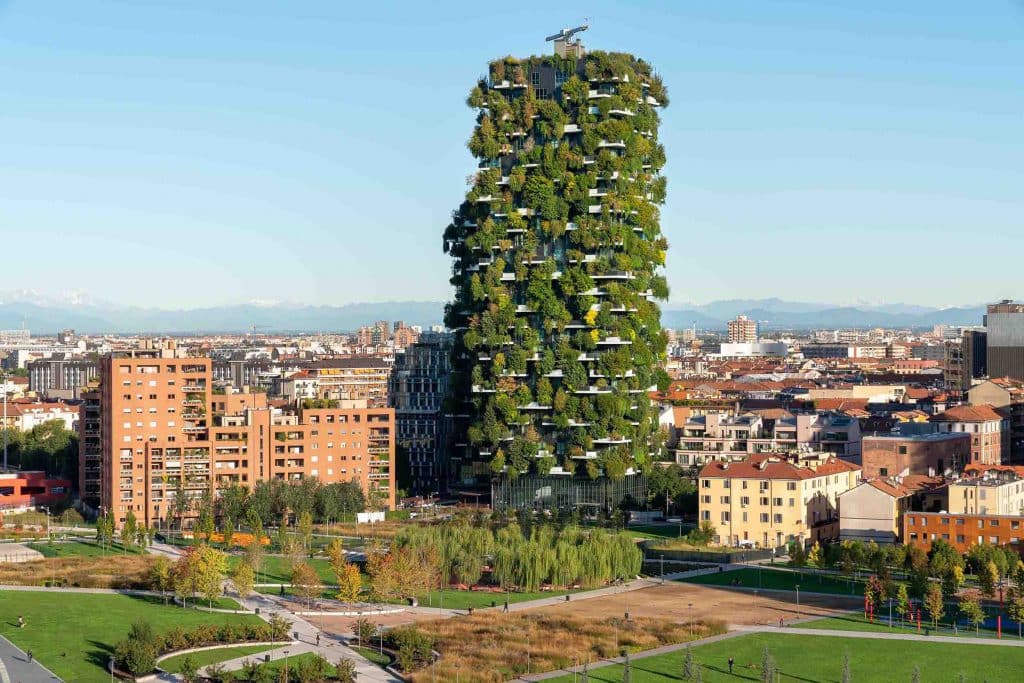
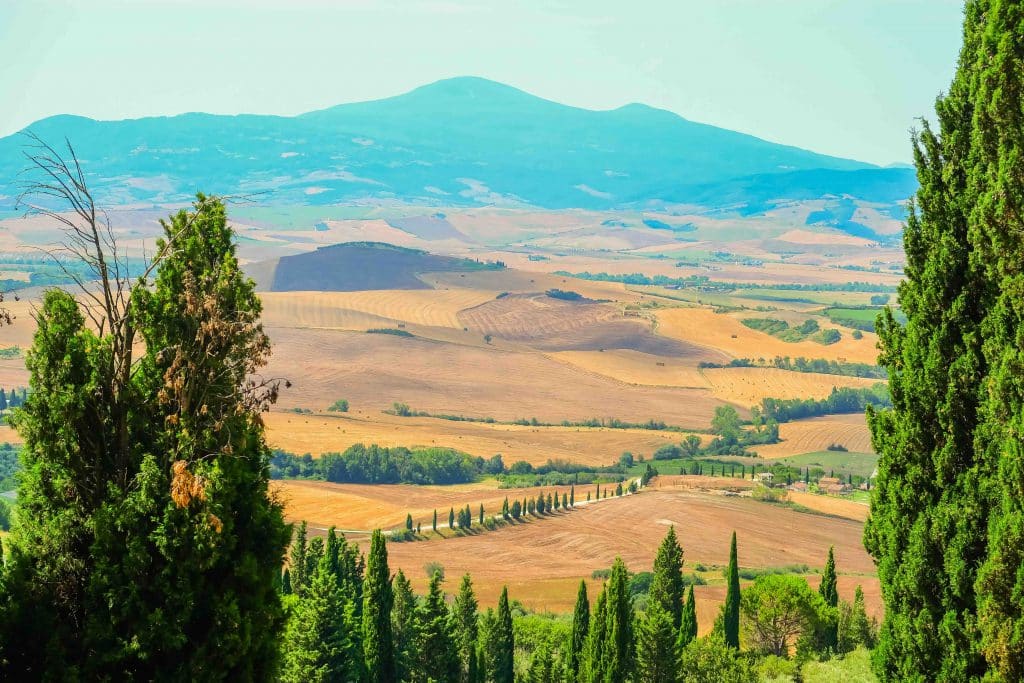
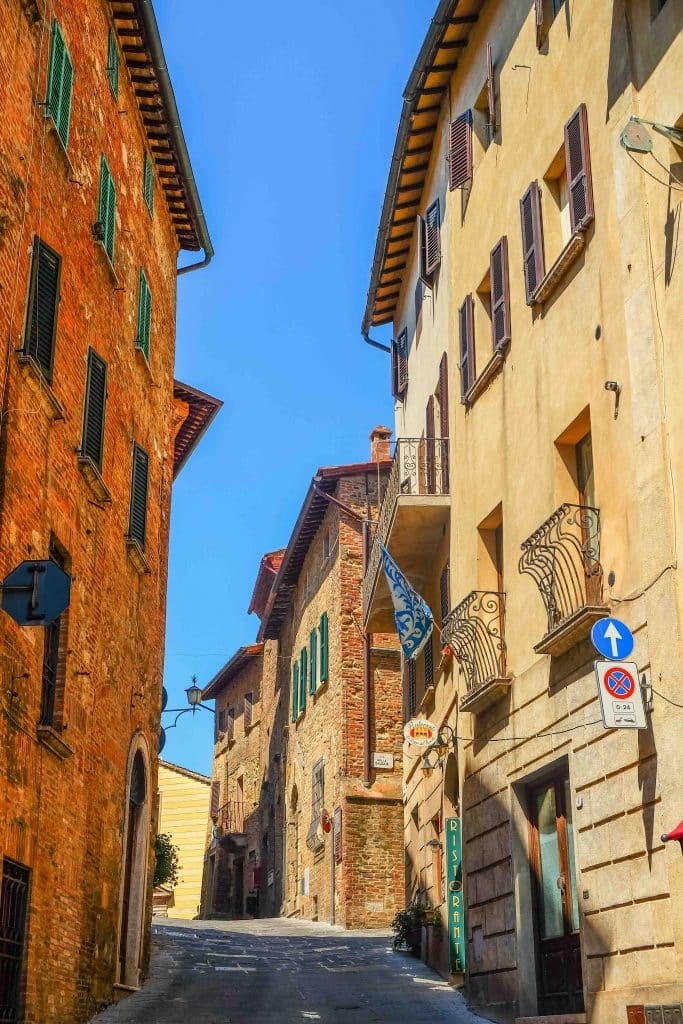
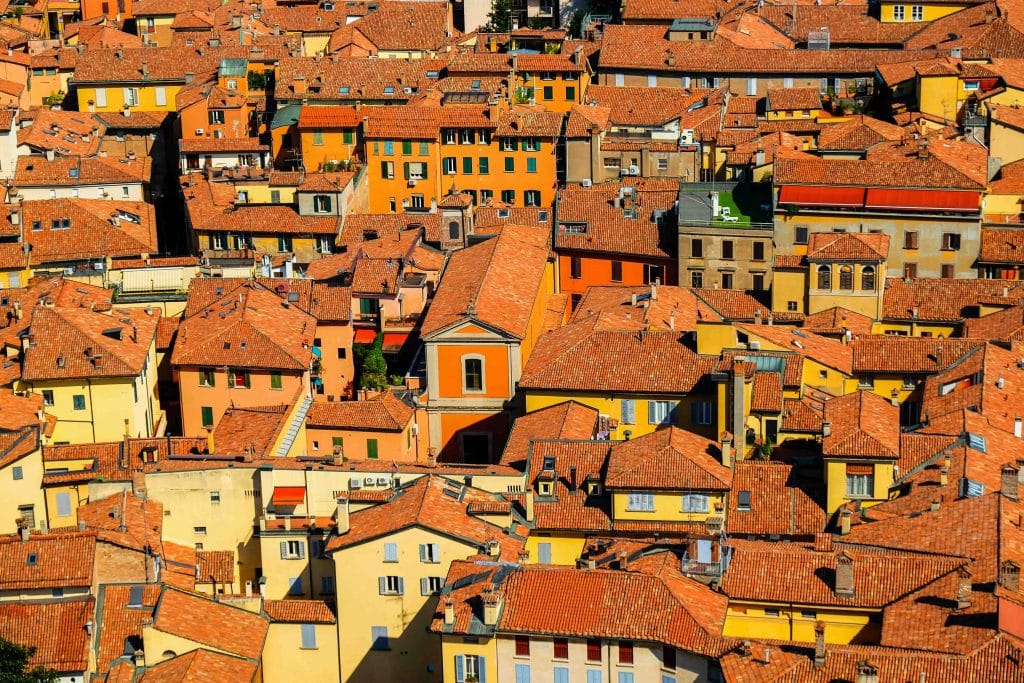
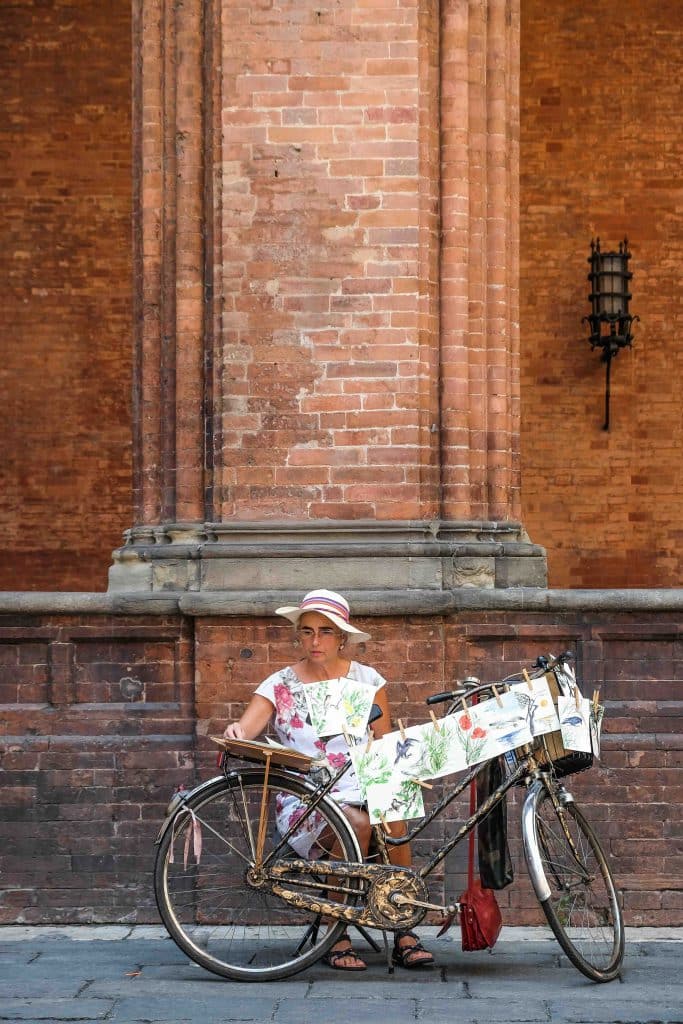
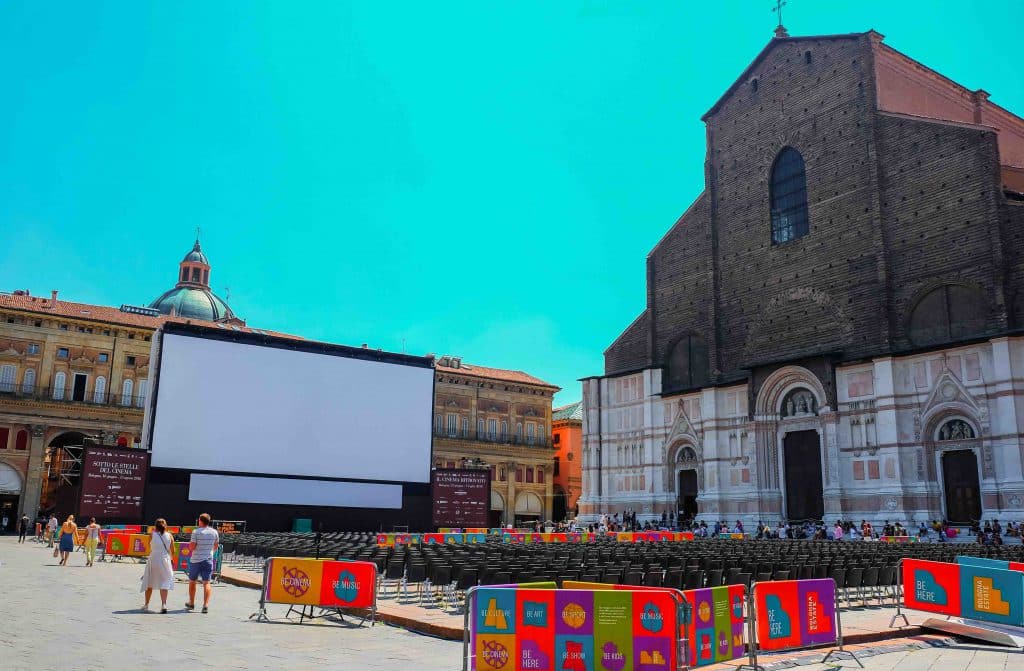


![[Photo] President of the Cuban National Assembly visits President Ho Chi Minh's Mausoleum](https://vphoto.vietnam.vn/thumb/1200x675/vietnam/resource/IMAGE/2025/10/1/39f1142310fc4dae9e3de4fcc9ac2ed0)
![[Photo] Hanoi morning of October 1: Prolonged flooding, people wade to work](https://vphoto.vietnam.vn/thumb/1200x675/vietnam/resource/IMAGE/2025/10/1/189be28938e3493fa26b2938efa2059e)
![[Photo] Keep your warehouse safe in all situations](https://vphoto.vietnam.vn/thumb/1200x675/vietnam/resource/IMAGE/2025/10/1/3eb4eceafe68497989865e7faa4e4d0e)

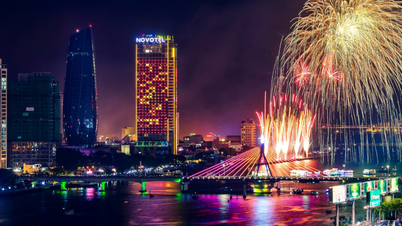


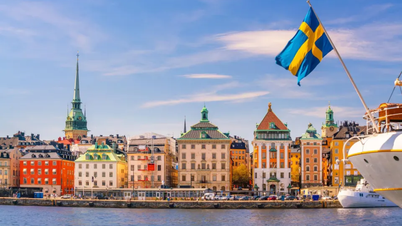
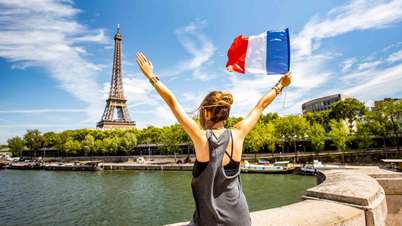
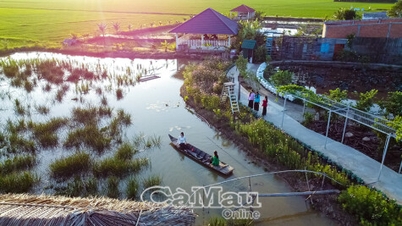





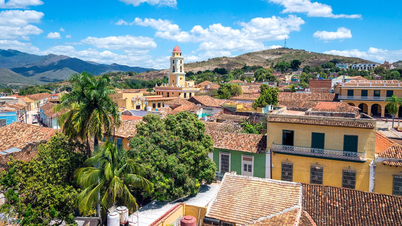

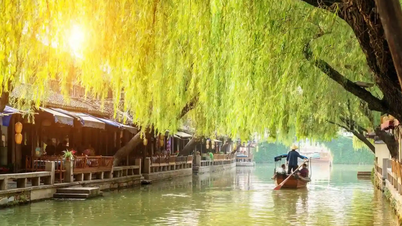
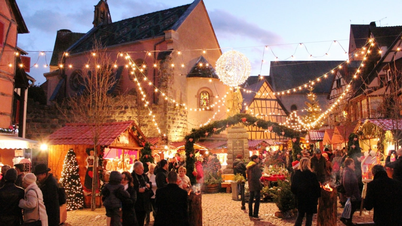








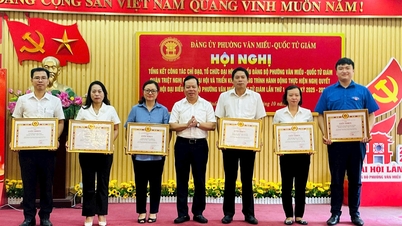








































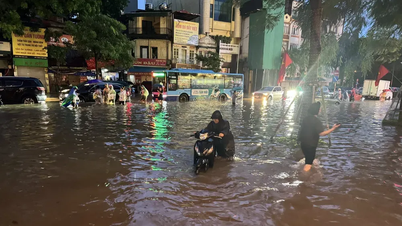


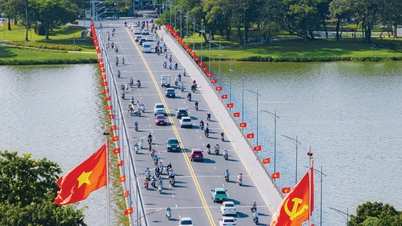

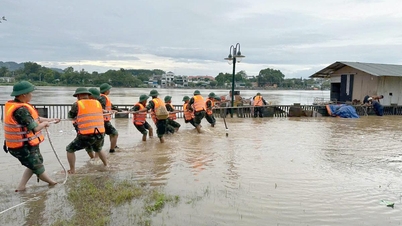


















Comment (0)